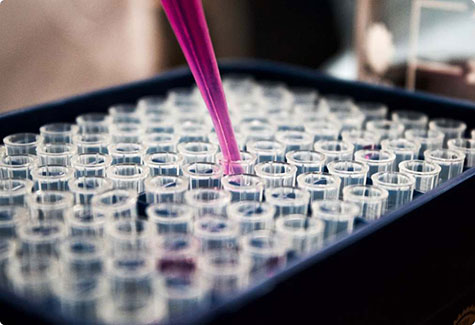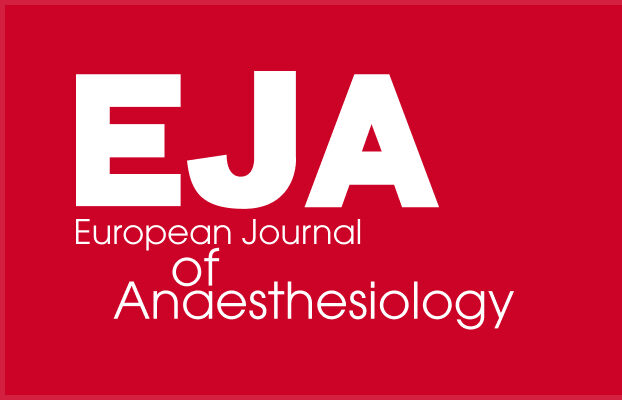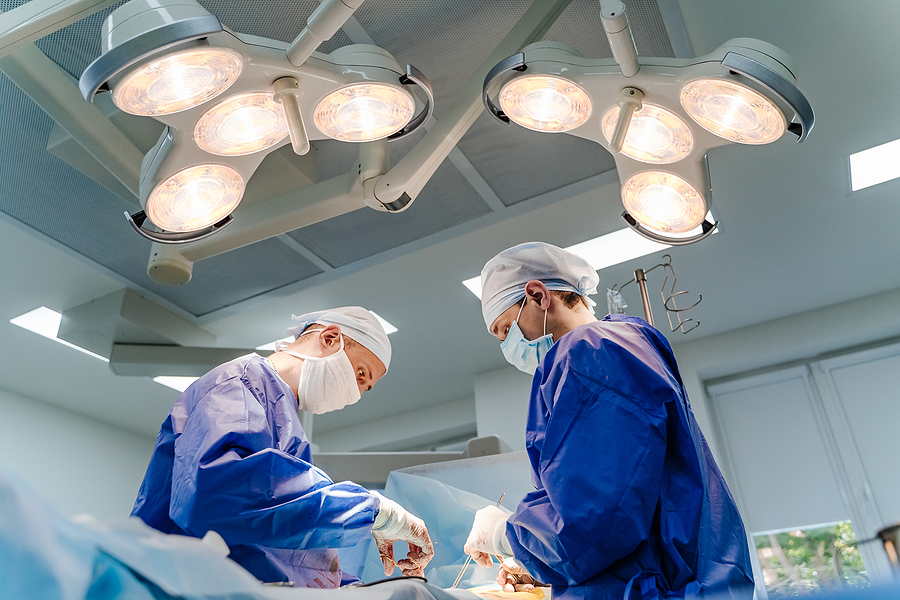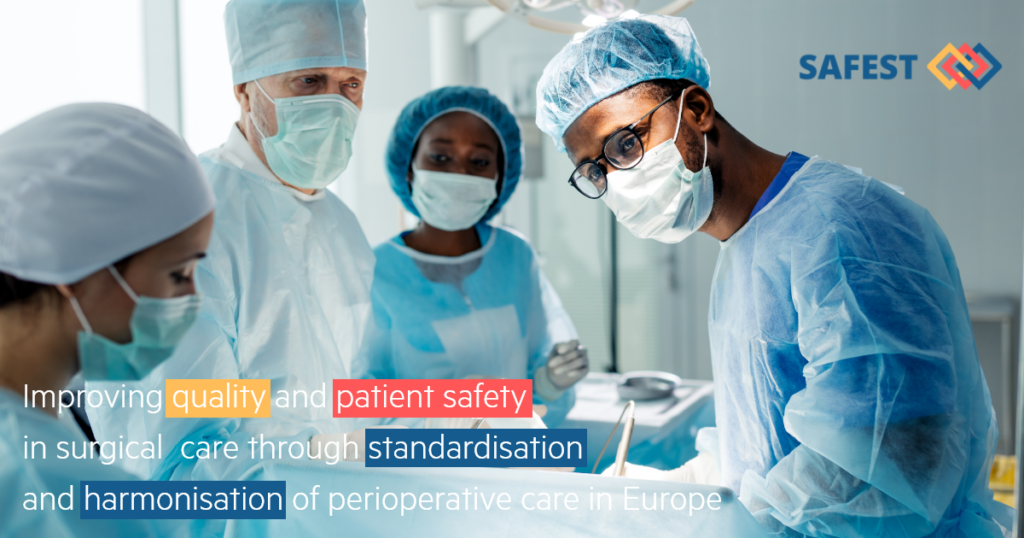Newsletter 2025
Insights from PARNet: Paediatric Anaesthesia Research Network
What is the background of PARNet?
PARNet is an ESAIC Research Group that was created two years ago. PARNet has a long history and a series of successful outcomes. Paediatric anaesthesiologists will remember the two CTNs (Clinical Trial Networks): APRICOT and NECTARINE. Both CTNs concluded successfully, with an unprecedented number of patients enrolled in their databases. The APRICOT database had over 31,000 patients included, while NECTARINE included over 6,500 procedures in 5,500 patients. APRICOT’s main results were published in the Lancet Respiratory Medicine Journal (Lancet Respir Med. 2017 May;5(5):412-425.), while the main outcome of Nectarine was divided into two main publications: the first reported the incidence of critical events (Br J Anaesth. 2021 Jun;126(6):1157-1172.) and the second addressed the incidence of difficult airway management (Br J Anaesth. 2021 Jun;126(6):1173-1181). After the main articles were published, more than 20 secondary analyses were conducted, and their results were published in high-impact journals. However, the end of successful CTNs represents the beginning of new research projects.
Collaboration (ESAIC & ESPA Partnerships)
PARNet’s collaborative efforts, in partnership with ESAIC and the European Society for Paediatric Anaesthesiology (ESPA), continue to drive advancements in paediatric anaesthesia research. The strength of PARNet lies in its large network. However, this research group exists thanks to these scientific societies. ESAIC provides funding, logistic support, and visibility through the large European network. ESPA is an extensive network connecting additional anaesthesiologists who care for children across Europe in all types of hospitals, whether paediatric or general, academic or community. For this reason, both parties that formally acknowledge this collaboration signed a memorandum of understanding. This is truly mutually beneficial: ESAIC, ESPA, and PARNet. Any future research output will acknowledge this excellent collaboration.
PARNet’s network and philosophy
The Paediatric Anaesthesia Research Network (PARNet) stands at the forefront of collaborative research, bringing together centres worldwide to strengthen collaboration for research. How does PARNet work? As noted above, research in paediatric anaesthesia can be performed relatively easily with the help of a large collaborative network. The two CTNs served to create the network, and PARNet aims to maintain and reinforce its connections. Under the leadership of Chair Nicola Disma (IRCCS Instituto Giannina Gaslini, Genoa, Italy) and Vice-Chair Maren Kleine-Brueggeney (German Heart Center Berlin and Charité – Universitätsmedizin, Berlin, Germany), PARNet fosters large-scale studies aimed at improving outcomes for children undergoing anaesthesia. The guiding principle of PARNet is to leverage its extensive network. Anaesthesiologists from all continents can submit ideas and proposals for large collaborative studies, ranging from large cohort studies and international surveys to randomised controlled trials. If an idea is promising and initiated by young, enthusiastic researchers, the group acts as a network to support and develop the project.
Current Initiatives
PARNet was initiated with the CRICKET study, a prospective observational study examining major complications during tracheal intubation in children aged 0–16 years under general anaesthesia, to include 100,000 patients across 500 centres globally. To include 100,000 patients across 500 centres globally. CRICKET was launched in 2024 and will be concluded by the end of 2025. It is a very ambitious project, aiming to connect as many centres from all continents as possible. https://cricketstudy.eu/
Other projects under the PARNet umbrella
- EUROFast: This study assessed the safety of reducing preoperative fasting times for clear fluids to at least one hour before elective procedures. Completed with participation from 31 centres and data from 306,900 anaesthetics. (Lead Investigator Peter Frykholm, University of Uppsala, Sweden) https://www.bjanaesthesia.org/article/S0007-0912(25)00215-6/fulltext
- Big Apple: It investigates current ventilation strategies in paediatric anaesthesia and their association with postoperative pulmonary complications. A 14-day inclusion period is planned, complementing a pilot study at Amsterdam UMC. (Lead Investigator David van Meenen, Amsterdam)
Upcoming projects
- PORPOISE (Physiological monitoring in the OR Predicting Outcomes using infrared sensors, led by Peter Frykholm, Uppsala, Sweden) is a feasibility study that uses infrared sensors for physiological monitoring in the operating room and aims to predict outcomes.
- POAKIDS (A European Multicentre Prospective Study of Postoperative Acute Kidney Injury in Hospitalised Paediatric Patients, led by Robert Frithiof, Uppsala, Sweden) is an interventional prospective cohort study aimed at determining the incidence of postoperative acute kidney injury and identifying risk factors and biomarkers for early prediction of its injury. The population consists of children undergoing non-cardiac surgery.
Future projects
The paediatric anaesthesia community is active and productive. New studies are in the pipeline. For example, Britta von Ungern-Sternberg (Perth) is leading the BELUGA study (Better to Exchange ETT for LMA before Extubation in children under general anaesthesia), which is ready to launch.
Finally, PARNet is addressing sustainability and “green” anaesthesia practices. For this reason, the recently awarded CTN project SUSTAIN-EUROPE is being supported by PARNet (the paediatric research network). It is a multicentre, prospective observational study aiming to evaluate current perioperative practices with special consideration for sustainability in adult and paediatric patient populations. The study design is highly pragmatic: data collection will be facilitated via a dedicated app and kept to a minimum. This way, even centres with limited research experience can participate. Recruitment is expected to start in summer 2026. The Principal Investigator is Linda Grüßer, the Co-PI is Patricio González Pizarro. More information will be communicated over the coming months. For enquiries, you can contact sustain-europe@esaic.org).
Call to Action
From all that is described above, it’s clear that the Paediatric Anaesthesia Research Network (PARNet) is already a successful initiative. Two years after its launch, this research group has shown itself to be active and cohesive in shaping the future of paediatric anaesthesia. This success is thanks to the tremendous support and collaboration of the paediatric anaesthesia community, which is always ready to support new projects.
PARNet serves as a new home where ideas can become projects, and those projects can be executed successfully.
The webpage will be updated, so stay tuned and visit it regularly: https://esaic.org/research/research-groups/parnet/. For more information, contact the ESAIC Research Department at research@esaic.org. multiple interventions and, if implemented in perioperative medicine, will provide stronger evidence about preventing or treating complications,” Leslie added.
Author
- Nicola Disma, Unit for Research in Anaesthesia, IRCCS Istituto Giannina Gaslini, Genova, Italy










